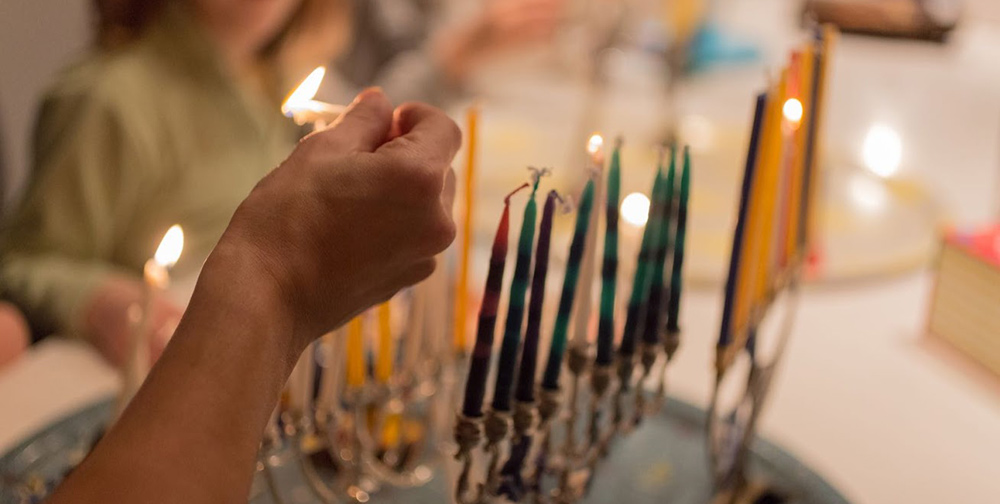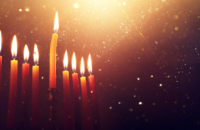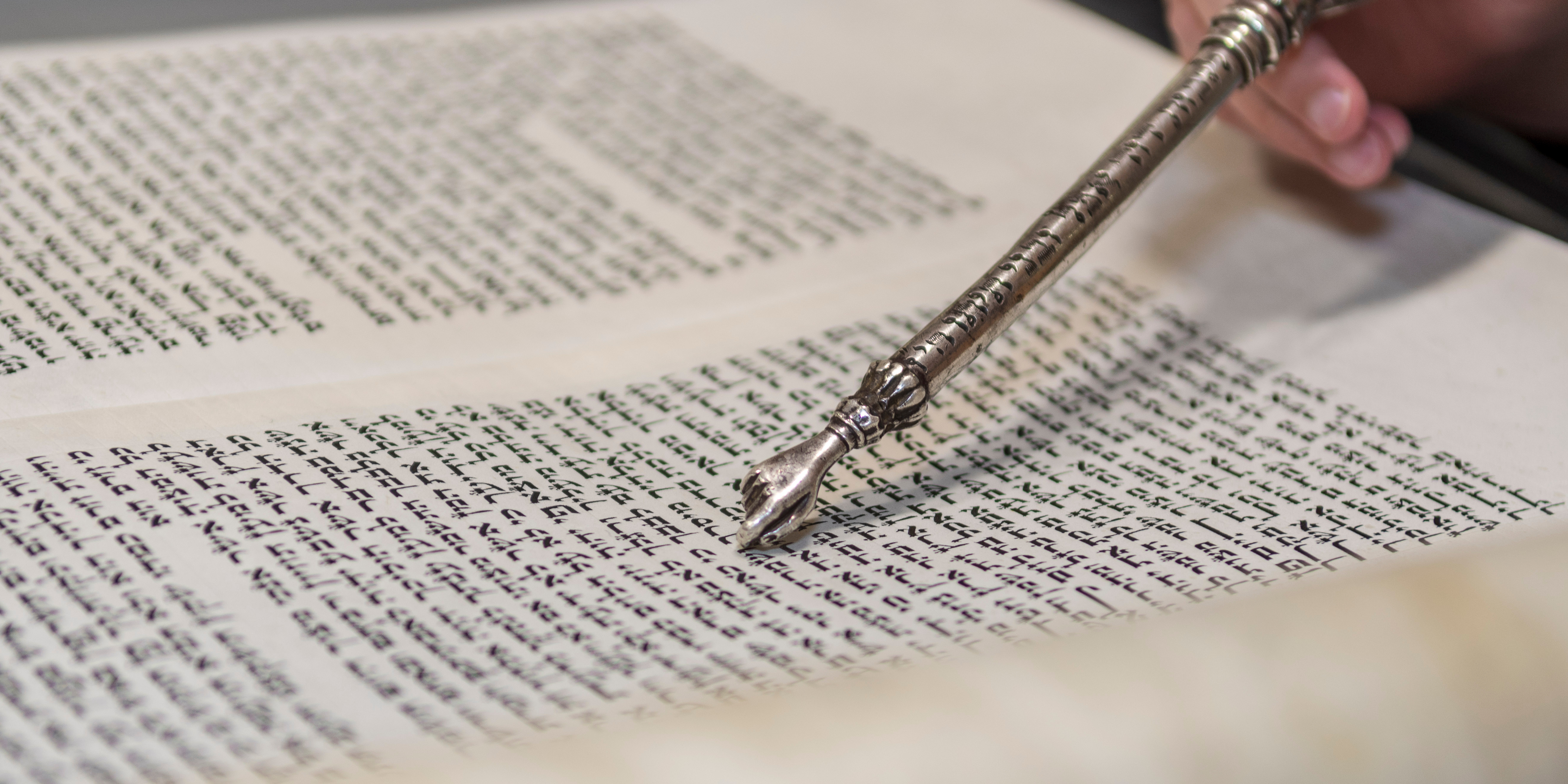Ya’aleh

“Ya’aleh Tachnuneinu” is the piyyut (rabbinic liturgical exposition) chosen to introduce the Selichot sections on Yom Kippur Evening. Its particular poetical style utilizes a certain rhythmic meter that does not actually extend to rhyme per se. Rather it uses repetitious words and phrases to frame each line and each stanza and contains a reverse alphabetical acrostic outlined by the middle word of each clause.
Dating back to the medieval period, this anonymous piyyut consists of eight stanzas, beginning with Tav and ending with Aleph. Each verse includes 3 verbs – “Ya’aleh” (rise), “Yavo” (arrive) and “Yeira’eh” (appear), echoing the “Ya’aleh v’yavo” paragraph recited on festivals and Rosh Chodesh. It is understood that this piyyut describes the progression we make from Kol Nidre to Ne’ilah, based on the end of clause phrases “mei’erev…ad arev” (from evening to evening) and “miboker… ad arev” (from morning to evening). Essentially we are sending out a plea that our prayers may ascend (ya’aleh) to G-d in the evening, arrive (yavo) at Her ‘front desk’ in the early morning and be answered/revealed (yeira’eh) by the time Ne’ilah comes upon us at dusk.
And what of these prayers? What are we really asking for during these many hours of reflection, contemplation, contrition and repentance? Certainly not material wealth or affluence, not even personal health and wellbeing, “…but rather perspective that we can put our actions in the proper place.” We must acknowledge at the start of Yom Kippur, as the Kol Nidre text is being chanted, that our existence in this world is shaky, fragile and finite and we therefore plead with G-d to show us mercy and send salvation. Although we pretend daily to ourselves, and others, that we are incontrovertible, unbreakable and immortal, this piyyut exposes our ultimate vulnerability and reminds us that although we may “…build our little hideouts…” they will undoubtedly “…collapse in the first strong wind.”
As we progress through the 25 hours of Yom Kippur, the nature of this reverse acrostic takes us back through our recollections, moving from the most recent events to those which have dimmed with the passing of the year. Additionally, the structure of this day, set aside for soul-searching and self-examination, provides us with a plethora of opportunities to view our past deeds in different lights and to examine them under multiple lenses. The darkness of Kol Nidre, the bright morning light of Shacharit, the gentler afternoon glow of Mincha and the final dusky shadows of Ne’ilah take us on an epic journey in our quest for forgiveness. By the time Ne’ilah is upon us, we can only hope that the return to the shadows of the evening has not brought us “full circle” – i.e. back to where we started, but rather “full spiral” – i.e. back to a familiar point of origin (Aleph) that is, nonetheless, spiritually ‘above’ our humble Kol Nidre beginnings.
The movement our thoughts from recent to ancient and the contemplation of our lives from the superficial to the profound, leads us inexorably inwards towards the deepest places of our psyche. As we experience this process, we can gradually empty out the corners of our souls, sweep away the cobwebs and start to find the light of renewal and redemption again. Our individual souls are now able to shine their inner light outwards, illuminating the space around us and brightening the dusky intimacy of the sanctuary, even as the daylight wanes and the the Neilah gates begin to close.
A emendation to the final stanza of this piyyut has been suggested – changing “eilecha” to “Eliyah” in keeping with the familiar expression “ad she’yavo eliyahu” (until the coming of Elijah), based on Malachi 3:23 “Hineh anochi sholeiach lachem et Eliyahu HaNavi” (Behold I will send you Elijah the Prophet). This emendation would make Elijah the subject of the final line “V’yei’raeh eileinu ad arev”, thus asking that the coming of Moshiach be granted to us at the final click of the Neilah gates.
The coming of the Messiah is the ultimate rabbinic expression of a world that is entirely without sin; a world free from evil, infused with peace and perfect existence. Although the modern Jew may balk at this imagery, may reject the idea of a world simply waiting for the coming of Messiah, the metaphor – if not the literal hope – holds nonetheless. As we come to the end of Yom Kippur we can only pray that our sincerity has been heard, that our sins have been forgiven and that the coming year will bring reconciliation, understanding, resolution and purpose to each of our lives, individually and collectively.
This year, “Ya’aleh tachanuneinu me’erev” (May our supplications rise up in the evening), “v’yavo shav’ateinu mi’boker” (our cry be heeded at sunrise), “v’yeirah rinuneinu ad arev” (and our songs transform the dusk). As Ne’ilah draws to a close, may we all apply our newly cleansed souls to the task of rising to the challenge and may we all be blessed with the gift of being heard and with the capacity to change the world through music and beauty.
Rebecca Blumenfeld is ordained as a Chazzan with a Masters in Jewish Studies from Hebrew College. She is a member of the Oxford Jewish Community



